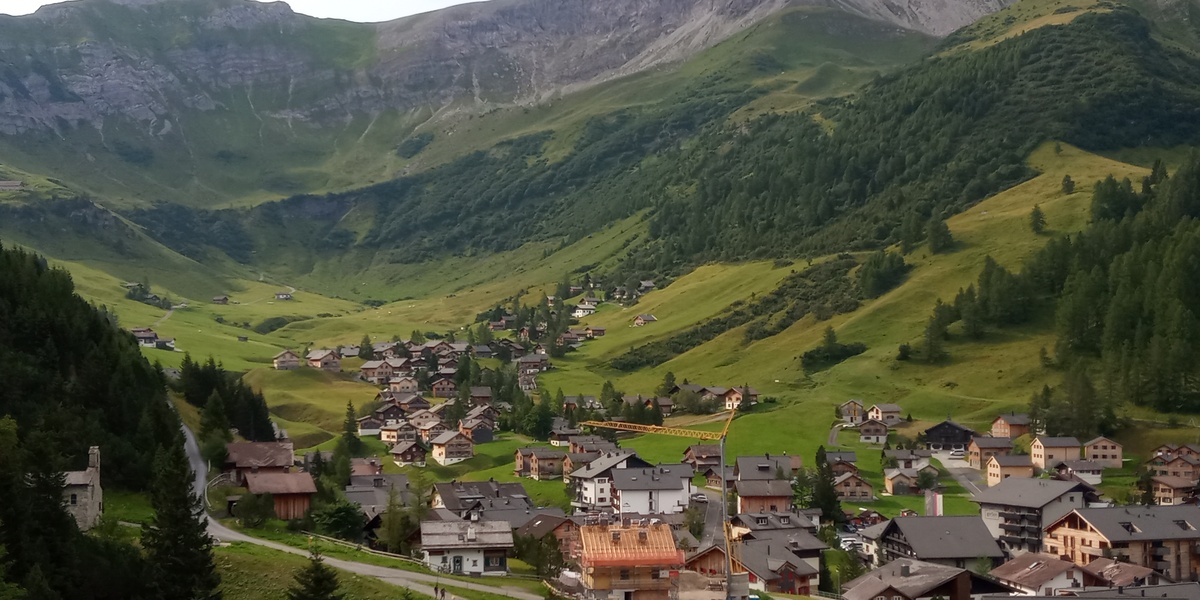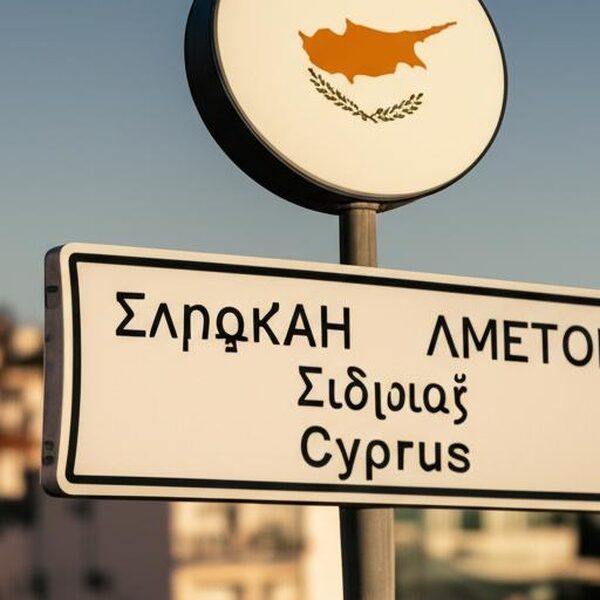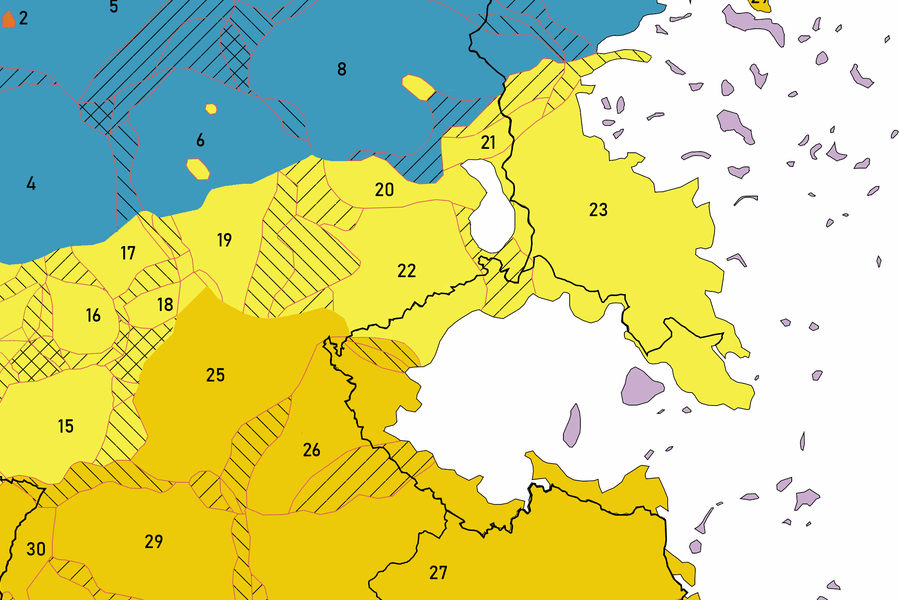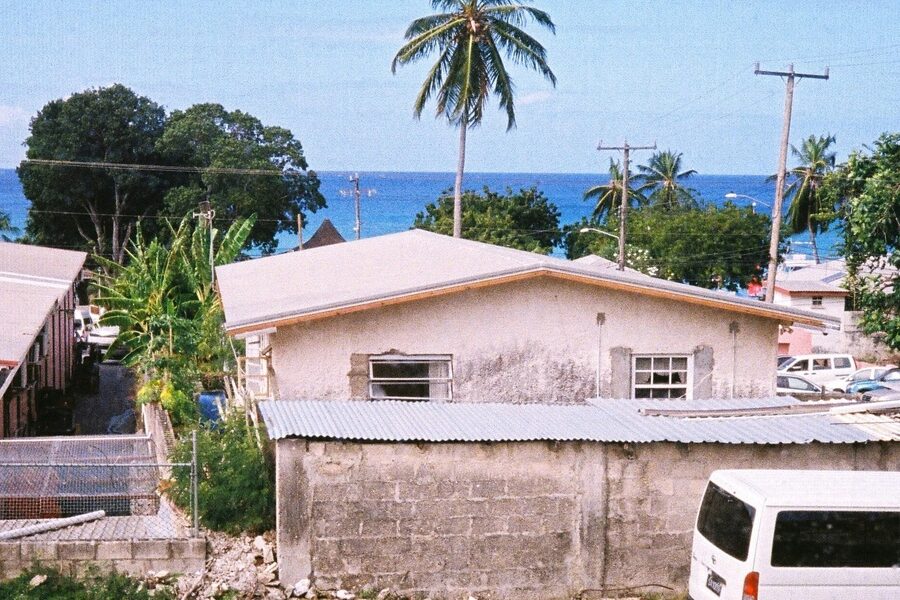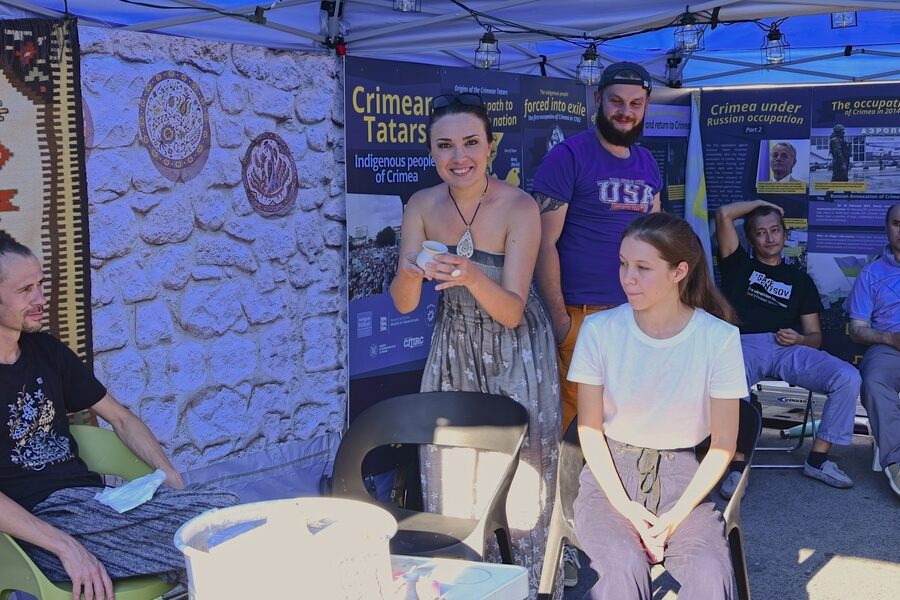Liechtenstein’s compact landscape hides a surprising variety of local speech. Between mountain valleys and the Rhine plain, residents use Alemannic forms shaped by history, cross-border ties and everyday life in different municipalities. Noticing those differences offers insight into local identity and how people communicate in small communities.
There are 11 Dialects in Liechtenstein, ranging from Balzers to Vaduz-Oberland (regional). Entries are organized by the columns Area (municipalities), Key features, Sample phrase so you can quickly compare where pronunciations, vocabulary and expressions shift across the principality—you’ll find below.
How different are the dialects across Liechtenstein, and will a visitor understand them?
Dialects vary mainly in pronunciation and some local words rather than completely different grammar; speakers generally switch to Standard German in formal situations. Visitors who know German will usually be understood, though some rural pronunciations and vocabulary may sound unfamiliar at first.
Are these dialects changing or under threat among younger people?
Yes—media, schooling and mobility are leveling certain features, and younger speakers often prefer more standard forms or regional mixes. Still, community pride and daily use in villages help preserve many local expressions and intonations.
Dialects in Liechtenstein
| Name | Area (municipalities) | Key features | Sample phrase |
|---|---|---|---|
| Vaduz | Vaduz | Central pitch, slight vowel narrowing, local administrative lexicon | I gang i d’Stadt — I’m going to town |
| Schaan | Schaan | Clear consonant articulation, lengthened vowels in open syllables | Was machsch jetzt? — What are you doing now? |
| Triesen | Triesen | Oberland vowel timbre, conservative consonant clusters | Mir gönd zäme — We’re going together |
| Balzers | Balzers | Lowered vowels, agricultural lexical items retained | Häsch du Brot? — Do you have bread? |
| Triesenberg (Walser) | Triesenberg | Walser substrate, archaic vowels, unique lexical relics | I bi cho us d’berg — I come from the mountain |
| Mauren | Mauren | Shortened diphthongs, cross-border lexical influence | Kumm cho! — Come here! |
| Eschen | Eschen | Neutral vowel qualities, stress-shift patterns | S’isch kalt hüt — It’s cold today |
| Gamprin-Bendern | Gamprin, Bendern | Rounded vowels, coastal-valley lexicon | Mir gönd uf d’Wies — We’re going to the meadow |
| Ruggell-Schellenberg | Ruggell, Schellenberg | Northern features, closer Vorarlberg contact vocabulary | Wänn gèh mir? — When do we go? |
| Planken | Planken | High vowel quality, preserved local pronouns | Das isch min Huus — That’s my house |
| Vaduz-Oberland (regional) | Vaduz, Triesen, Balzers, Schaan | Southern vowel patterns, Swiss-like consonant weakening | I ha’s scho gmacht — I’ve already done it |
Images and Descriptions
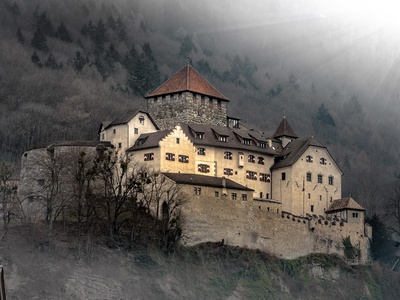
Vaduz
Vaduz speech is the city’s everyday Alemannic variant. It shows subtle vowel shifts and municipal vocabulary; conversational, widely understood across Liechtenstein, closely linked to neighbouring Swiss German with some Vorarlberg lexical influence.
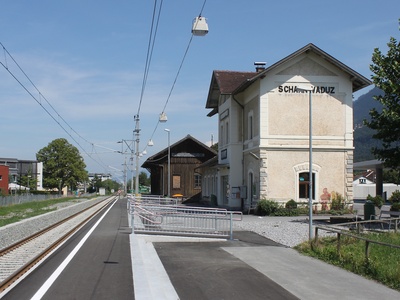
Schaan
Schaan dialect is a lively urban-river valley variety with audible vowel lengthening and local idioms. It sits between Oberland and Unterland forms, easily intelligible to Swiss German speakers, and shares some words with nearby Austrian dialects.
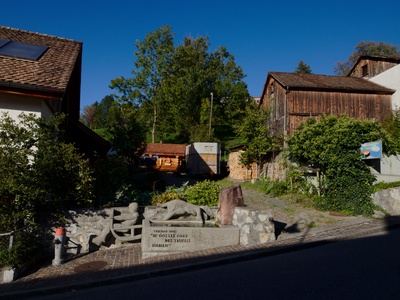
Triesen
Triesen speech reflects southern Oberland patterns: distinct vowel timbres and preserved consonant groups. It’s recognisably Liechtenstein dialect, close to Swiss Highest Alemannic but with a few Austrian/Vorarlberg loanwords.
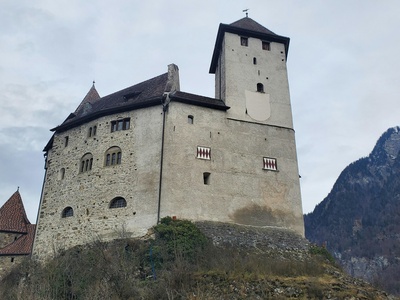
Balzers
Balzers has a rural flavor with slightly lowered vowels and older farming vocabulary. It is mutually intelligible with Swiss Alemannic; pronounced intonation and local words give it a distinct village identity.
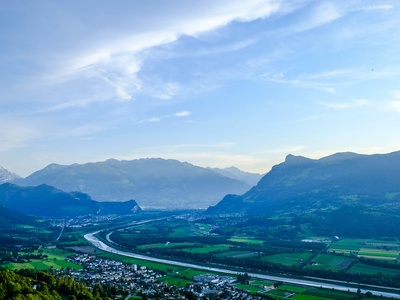
Triesenberg (Walser)
Triesenberg stands apart as a Walser German enclave with preserved archaic sounds and many old Walser words. Less immediately like mainstream Swiss German, it remains intelligible but notably distinctive within Liechtenstein.
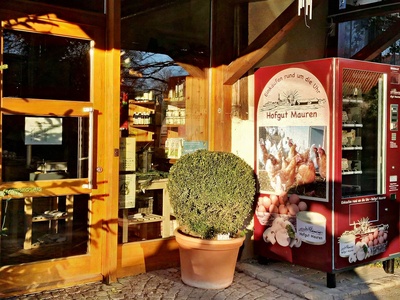
Mauren
Mauren dialect displays shortened diphthongs and lexical exchanges with nearby Vorarlberg. It is a typical Unterland variety: local turns of phrase, broadly intelligible to Swiss speakers, with slight Austrian color.
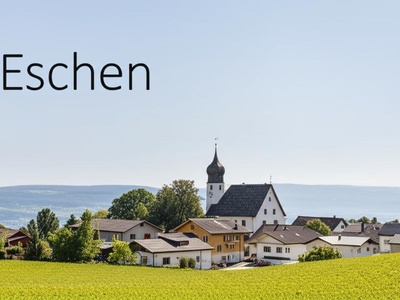
Eschen
Eschen speech is a straightforward Unterland variant with mild stress shifts and common regional vocabulary. It’s conversationally accessible to Swiss German listeners and shows some Austrian loanwords.
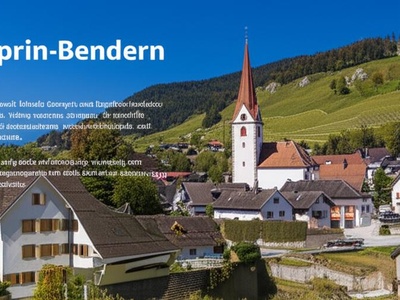
Gamprin-Bendern
This local speech blends Gamprin and Bendern features: rounded vowel sounds and valley-specific terms. Recognisable within the Liechtenstein continuum, it’s intelligible across Swiss and Vorarlberg dialects.
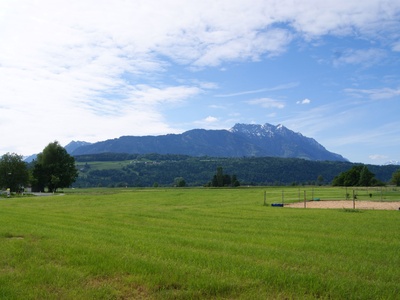
Ruggell-Schellenberg
Northernmost Liechtenstein dialects carry pronounced Vorarlberg influence, reflected in certain vocabulary and intonation. They form the Unterland edge of the Alemannic continuum, readily understood by Swiss and Austrian neighbours.
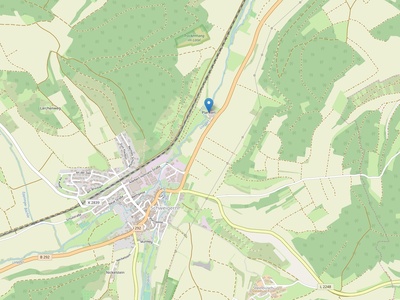
Planken
Planken’s small-community speech has a distinct high vowel tone and older local pronoun forms. It reads as a compact Oberland/Unterland mix, familiar to regional Swiss German speakers with some unique village words.
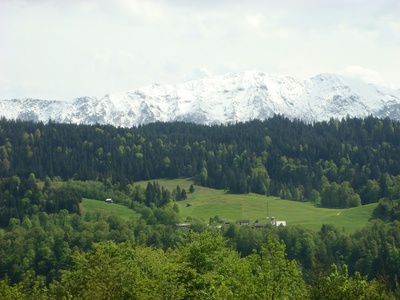
Vaduz-Oberland (regional)
The Oberland regional variety groups southern town and valley speech with shared vowel patterns and a tendency toward Swiss-like consonant reduction. Distinct from the northern Unterland, it remains highly intelligible to Swiss German speakers.

